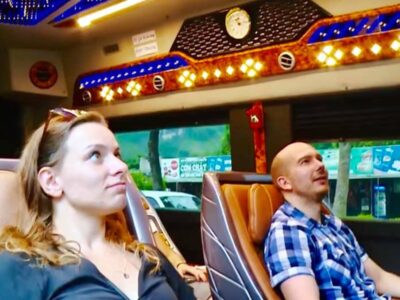Located in the heart of Ninh Binh province, Hoa Lu Ancient Capital is a significant historical and cultural landmark that offers visitors a glimpse into the rich past of Vietnam. Being the first capital of the country during the 10th and 11th centuries, Hoa Lu is a must-visit destination for history buffs, architectural enthusiasts, and nature lovers alike. This comprehensive guide will provide you with everything you need to know about Hoa Lu Ancient Capital, from its history and highlights to tips on how to make the most of your visit.
Introduction
Hoa Lu Ancient Capital, situated 90 km south of Hanoi, served as the first capital of Vietnam during the 10th and 11th centuries under the Dinh, Le, and Ly dynasties. The city was strategically located within a limestone mountain range, surrounded by the Trang An Scenic Landscape Complex, which provided natural defenses against invasions. Today, Hoa Lu is an important historical and architectural site that attracts thousands of visitors each year, eager to experience its unique blend of natural beauty and historical significance.
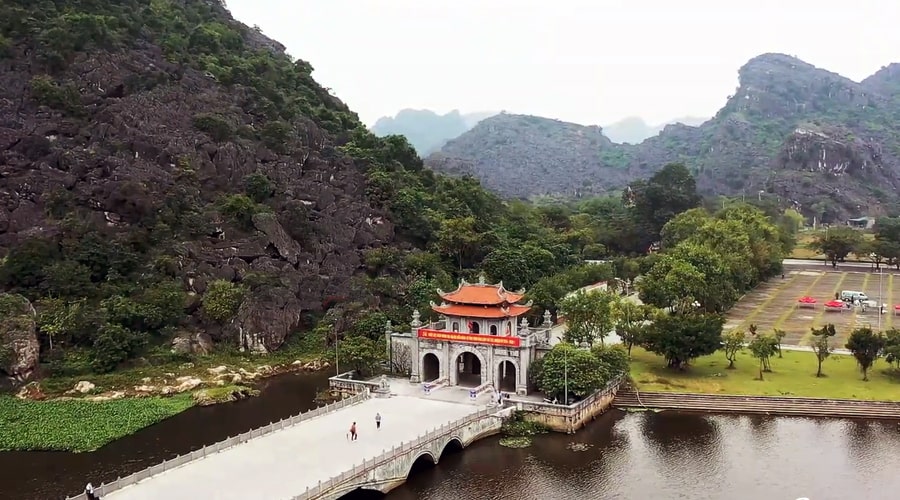
History of Hoa Lu Ancient Capital
The Foundation of Hoa Lu
Hoa Lu was established as the capital of Vietnam in 968 by King Dinh Bo Linh, who united the country after a period of division and rebellion. The city served as the capital of the Dinh dynasty for 12 years, during which time it witnessed significant historical events, including wars with the Chinese Southern Han Dynasty and the formation of Hanoi. Following the assassination of King Dinh Tien Hoang, the capital was passed on to the Le and Ly dynasties.
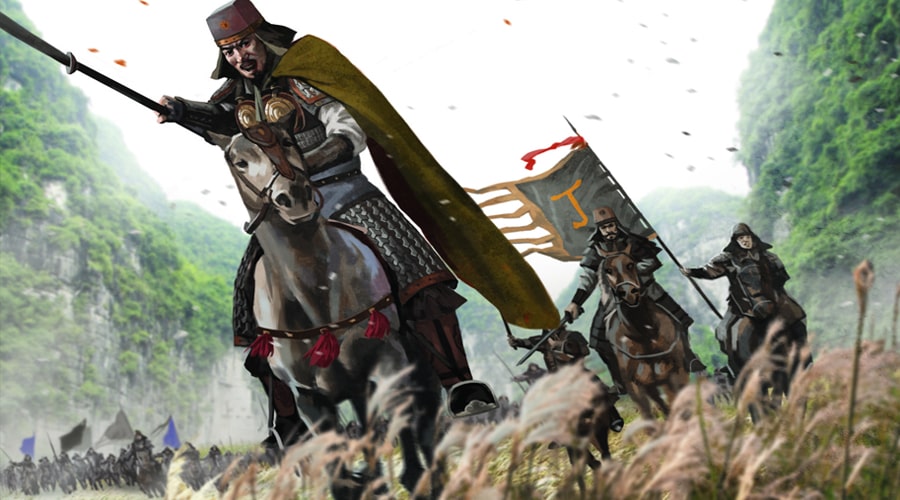
The Golden Age of Hoa Lu
During the reign of the Le dynasty, Hoa Lu experienced a period of prosperity and cultural development. The city was expanded, and many temples, palaces, and pagodas were built to serve the spiritual and administrative needs of the kingdom. The capital also played a crucial role in defending the country against external threats, such as the Song Dynasty of China.
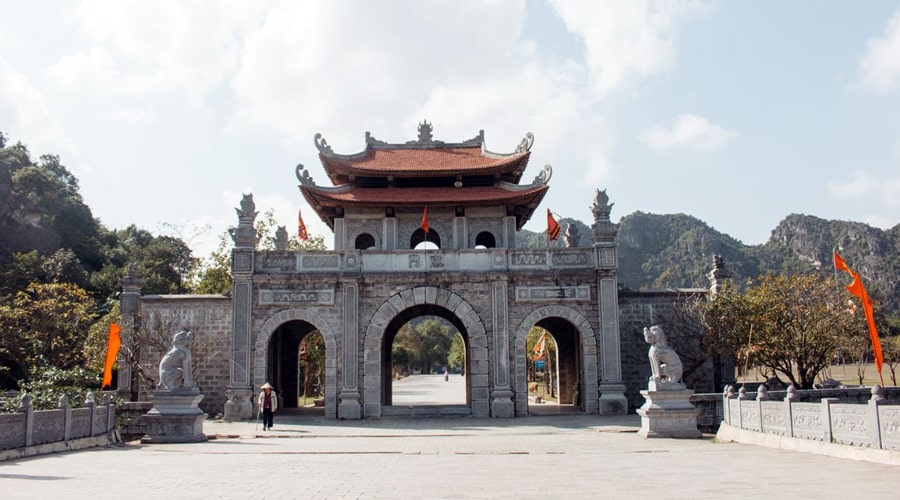
The Decline and Abandonment of Hoa Lu
In 1010, King Ly Thai To decided to move the capital from Hoa Lu to Thang Long (present-day Hanoi) due to its strategic location and more favorable conditions for the development of the country. This marked the end of Hoa Lu as the capital of Vietnam, and it gradually fell into decline over the centuries. However, the city’s historical and cultural significance was not forgotten, and it has since been preserved as an important historical site for visitors to explore.
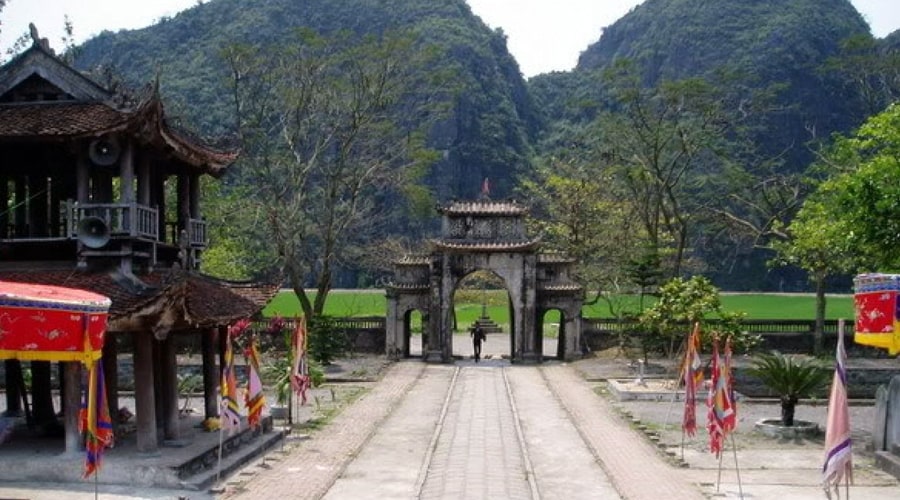
Location
Hoa Lu Ancient Capital is located in Truong Yen Commune, Hoa Lu District, Ninh Binh Province, Vietnam. The site is easily accessible from Hanoi, with a variety of transportation options available for visitors, including bus, train, and car or motorbike.
How to get to Hoa Lu Ancient Capital City
4. Architectural Highlights
Although much of the original architecture of Hoa Lu has been lost to time and weather, several significant structures remain for visitors to explore.
4.1. Temple of King Dinh Tien Hoang
This 17th-century temple, located at the foot of Ma Yen Mountain, is dedicated to the founder of the Dinh Dynasty, King Dinh Tien Hoang. The temple features a unique blend of wood and stone carvings and offers visitors an insight into the ancient history and culture of Vietnam.
4.2. Temple of King Le Dai Hanh
Not far from the Temple of King Dinh Tien Hoang, the Temple of King Le Dai Hanh honors the founder of the Le Dynasty. This smaller temple shares a similar architectural style with its counterpart and is divided into three parts: the front shrine, Thien Huong House, and the Sanctum, which worships King Le.
4.3. Nhat Tru Pagoda (One Pillar Pagoda of Ninh Binh)
Constructed in the 10th century, Nhat Tru Pagoda is an ancient pagoda located within the Hoa Lu Complex. The pagoda’s most prominent feature is the stone scripture pillar in front of the pagoda, which is reminiscent of Hanoi’s famous One Pillar Pagoda.
4.4. Hoa Lu Tu Tran (Four Sacred Temples of Hoa Lu)
Hoa Lu is home to four sacred temples dedicated to the Gods of the four directions: Quy Minh Temple in the South, Nguyen Temple in the North, Thien Ton Temple in the East, and Cao Son Temple in the West. These temples are a symbol of the reverence and gratitude of the Vietnamese people towards their ancient kings and gods.
5. Activities and Things to Do
There is no shortage of activities and things to do when visiting Hoa Lu Ancient Capital. From exploring historical landmarks to attending traditional festivals, visitors can immerse themselves in the rich culture and history of this ancient city.
5.1. Attend Traditional Festivals
Hoa Lu hosts numerous traditional cultural festivals throughout the year, with the most important being the Truong Yen Festival, held on the 10th day of the third lunar month. This festival commemorates the Kings of the Dinh and Le dynasties and includes various entertainment activities, such as traditional games, dragon dances, and performances.
5.2. Explore Temples and Tombs
Visiting the temples and tombs of Hoa Lu Ancient Capital is an essential part of any trip to this historic site. The temples of King Dinh Tien Hoang and King Le Dai Hanh, along with the Nhat Tru Pagoda, offer a unique insight into the history and architecture of Vietnam.
5.3. Climb Ma Yen Mountain
For those seeking a more active experience, climbing Ma Yen Mountain provides a stunning panoramic view of Hoa Lu Ancient Capital and its surroundings. This 200-meter-high mountain is associated with the legend of King Dinh Bo Linh and offers a challenging yet rewarding climb for visitors.
5.4. Visit Tam Coc Bich Dong (Halong Bay on Land)
Just a short distance from Hoa Lu, Tam Coc Bich Dong is a must-visit destination for nature lovers. This “terrestrial Halong Bay” offers a stunning landscape of limestone mountains, caves, and waterways, making it an ideal spot for photography and exploration.
5.5. Explore the Surrounding Natural Sites
Hoa Lu is situated within the Trang An Scenic Landscape Complex, providing visitors with countless opportunities to explore the natural beauty of the region. From the serene waters of Ao Giai Lake to the picturesque limestone mountains, there is no shortage of breathtaking sights to discover.
6. Festivals and Events
Hoa Lu Ancient Capital is host to numerous festivals and events throughout the year, which provide visitors with an opportunity to experience the local culture and traditions.
6.1. Truong Yen Festival
The Truong Yen Festival is the most important and largest event held in Hoa Lu, taking place on the 10th day of the third lunar month. The festival commemorates the Kings of the Dinh and Le dynasties and includes various activities, such as traditional games, dragon dances, and performances. This is a perfect opportunity for visitors to experience the cultural heritage of Hoa Lu and engage with the local community.
6.2. Other Festivals and Events
In addition to the Truong Yen Festival, Hoa Lu also hosts several other smaller events throughout the year. These include the Nhat Tru Pagoda Festival, which takes place on January 15th annually, and various local community events. These festivals provide visitors with a unique opportunity to experience the cultural traditions and customs of the area.
7. Food and Cuisine
Hoa Lu Ancient Capital offers a variety of local dishes for visitors to enjoy, showcasing the unique flavors and culinary traditions of the region. Some must-try dishes include:
7.1. Crispy Rice
This popular Ninh Binh specialty is made from rice that has been cooked and then deep-fried until crispy. The dish is served with a special dipping sauce, which adds a unique flavor to the dish.
7.2. Goat Meat
Hoa Lu is well-known for its goat meat dishes, with a variety of preparation methods available, including steamed goat, goat pudding, goat spring rolls, and goat with lemon juice. These dishes are not only delicious but also highly nutritious and considered beneficial for health.
7.3. Mountain Snails
Another local specialty is mountain snails, which are known for their sweet and tender flesh. These snails are prepared in various ways, such as steamed with ginger or stir-fried, offering a unique culinary experience for visitors.
8. Accommodation and Where to Stay
There are several accommodation options available for visitors to Hoa Lu Ancient Capital, ranging from hotels and resorts to homestays and hostels. Some recommended places to stay include:
8.1. Tam Coc Rice Fields Resort
Located in Hai Nham Village, Ninh Hai Commune, Hoa Lu District, Ninh Binh Province, Tam Coc Rice Fields Resort offers a peaceful and picturesque setting for visitors. The resort features comfortable rooms and excellent amenities, ensuring a pleasant stay for guests.
8.2. Trang An River View Homestay
Situated in Trang An Village, Trang Yen Commune, Hoa Lu District, Ninh Binh Province, Trang An River View Homestay provides a cozy and welcoming atmosphere for travelers. The homestay offers clean and comfortable rooms, along with friendly and helpful staff.
8.3. Trang An Mountain House
Located in Trang An Village, Trang Yen Commune, Hoa Lu District, Ninh Binh Province, Trang An Mountain House is a charming and rustic accommodation option for visitors. The property offers a tranquil setting, surrounded by nature, and features comfortable rooms and attentive service.
9. Best Time to Visit Hoa Lu Ancient Capital
While Hoa Lu Ancient Capital can be visited year-round, the best time to visit is during the spring months, when the weather is mild and the landscape is at its most vibrant. This is also the time when many local festivals and events take place, allowing visitors to fully immerse themselves in the cultural spirit of the region.
For those who prefer a more peaceful experience, visiting Hoa Lu during the off-peak season is recommended, as there will be fewer tourists and a more tranquil atmosphere.
10. Travel Tips and Tricks
To make the most of your visit to Hoa Lu Ancient Capital, consider the following tips and tricks:
- Hire a local tour guide to enhance your understanding of the historical and cultural significance of Hoa Lu.
- Dress modestly when visiting temples and religious sites.
- Do not litter and respect the environment and local customs.
- Be mindful of the opening hours when planning your visit (7 am to 5 pm).
- Combine your visit to Hoa Lu with other nearby attractions, such as Tam Coc Bich Dong and Trang An, to make the most of your time in Ninh Binh.
By following this comprehensive guide, you’ll be well-prepared to explore the rich historical and cultural heritage of Hoa Lu Ancient Capital, Vietnam’s first capital city. From its stunning architecture and natural beauty to its fascinating history and vibrant local culture, Hoa Lu offers a truly unique and memorable experience for visitors seeking to delve into the past of this captivating country.



